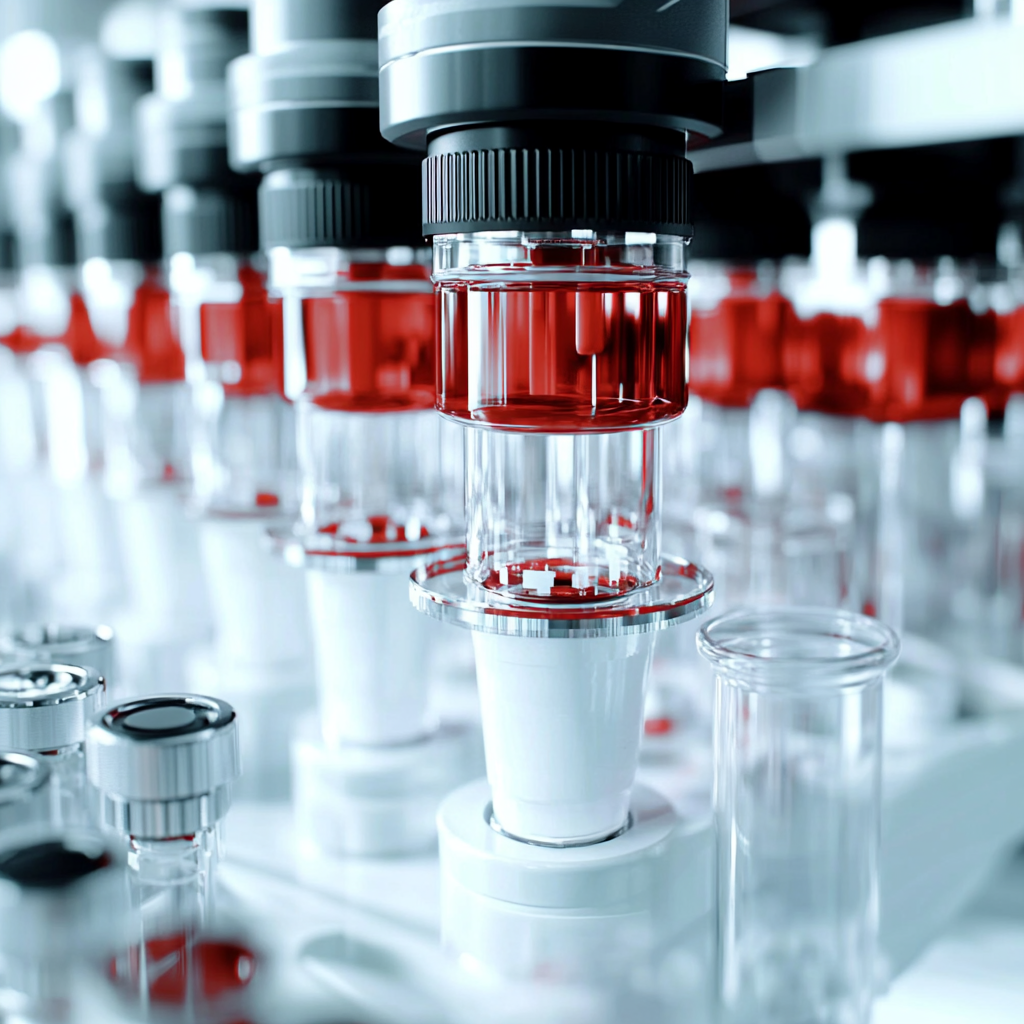Understanding the COVID-RED Study Results
The COVID-RED study looked at how wearable devices could help detect SARS-CoV-2 infections early, even before people show symptoms. Here’s what we found:
What Worked?
- Early Alerts: People using the Ava bracelet received alerts about possible infections much earlier—on average 7 days before a positive test result.
- High Sensitivity: The new detection method was very good at identifying infections (93.8-99.2% sensitivity).
What Didn’t Work?
- Low Specificity: The alerts for infections were not very accurate, with a low rate of true positives (0.8-4.2% specificity). This means many alerts could be false alarms.
How Does This Help Patients and Clinics?
- Proactive Testing: Early alerts can encourage patients to get tested sooner, helping to reduce the spread of the virus.
- Better Resource Management: Clinics can prepare for potential outbreaks by monitoring alerts from wearable devices.
Real-World Opportunities for Hospitals and Doctors
- Implement wearables like the Ava bracelet to monitor patients remotely.
- Use symptom reporting apps alongside wearable data to improve early detection.
- Educate patients on the importance of responding to alerts promptly.
Measurable Outcomes to Track
- Number of early alerts generated by the wearable device.
- Rate of positive SARS-CoV-2 tests following alerts.
- Patient response time to alerts and subsequent testing.
AI Tools to Consider
- Explore AI algorithms that can improve specificity in detecting infections.
- Consider using AI-driven analytics to monitor and interpret wearable data effectively.
Step-by-Step Plan for Clinics
- Start Small: Begin by testing the Ava bracelet with a small group of patients.
- Gather Data: Collect data on alerts and infection rates to assess effectiveness.
- Adjust Algorithms: Work with developers to fine-tune the detection algorithm based on results.
- Expand Use: Once results are positive, gradually expand the program to more patients.
By following these steps, clinics can effectively use the findings from the COVID-RED study to enhance early detection of SARS-CoV-2 infections and improve patient outcomes.



























